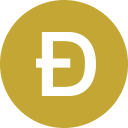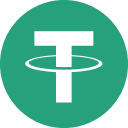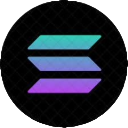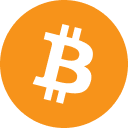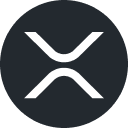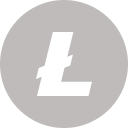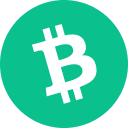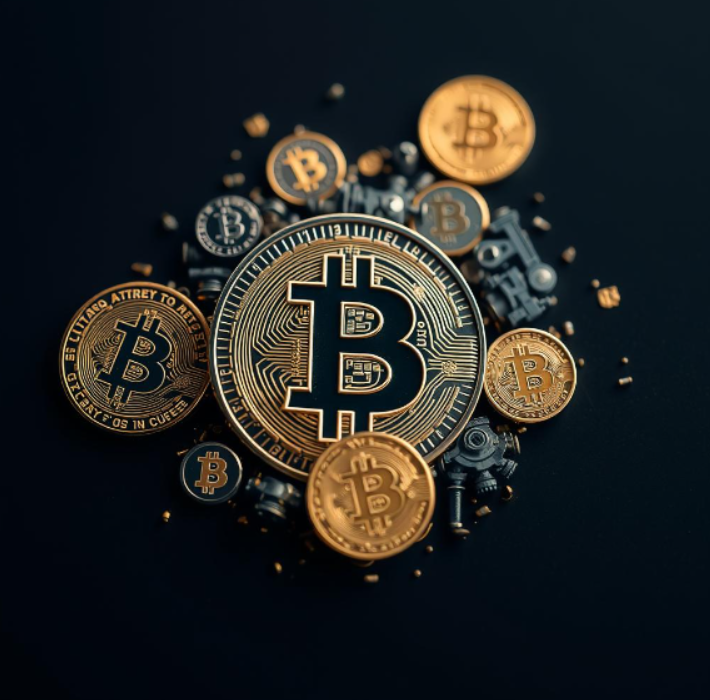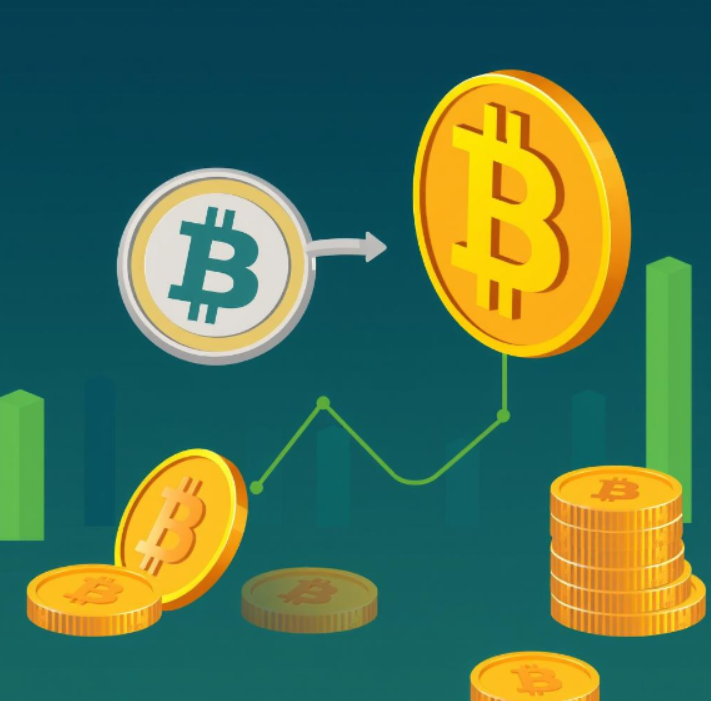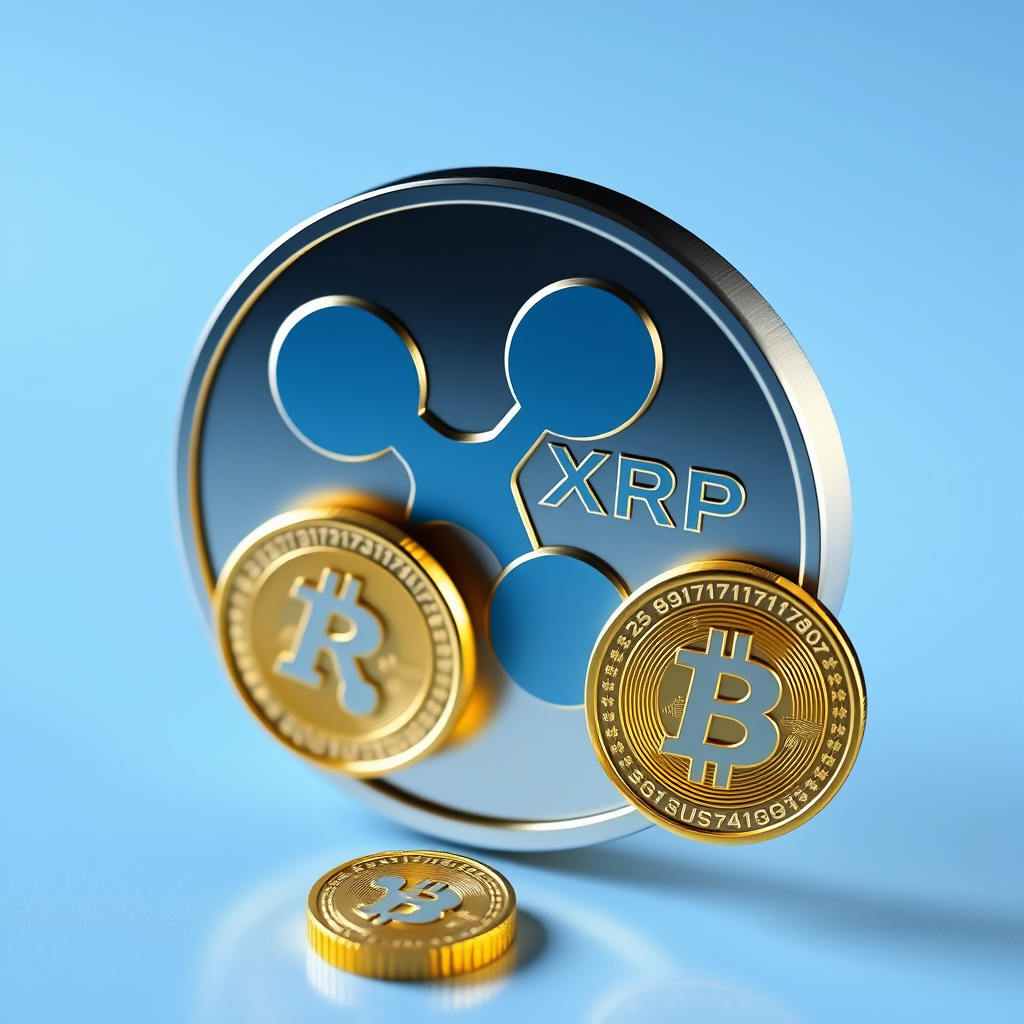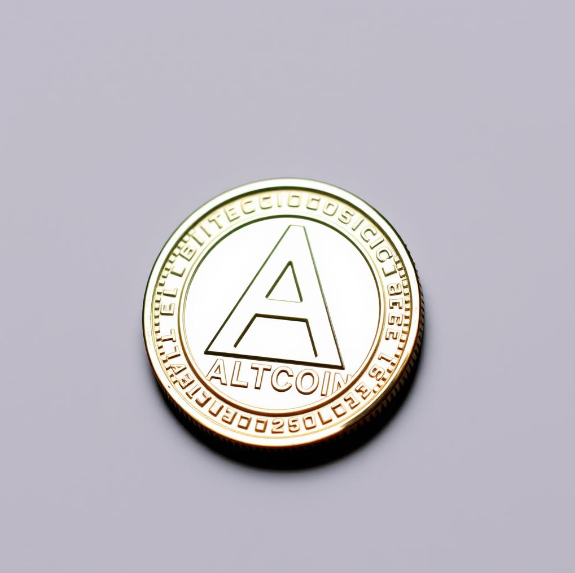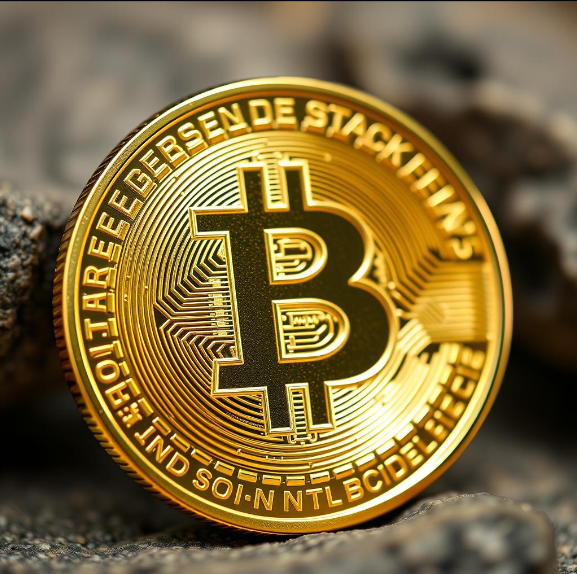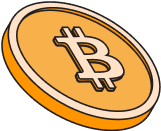How to Choose an Exchange to Buy and Trade USD Coin
Selecting the optimal exchange for USDC requires understanding its position as a regulated, transparent stablecoin. Unlike algorithmic alternatives, USDC maintains 1:1 backing with US dollars held in regulated financial institutions. Choose platforms that support native USDC minting/redemption, offer competitive spreads to USD, and provide access to yield opportunities. Consider exchanges with strong regulatory compliance for institutional-grade security.
Trading Fees
Trading fees for USDC vary significantly based on transaction type. Direct minting/redemption through Circle typically incurs no fees for institutional volumes, while retail exchanges charge 0.1-0.5% for stablecoin pairs. Many platforms offer reduced or zero fees for USDC/USD trades to attract liquidity. Consider total costs including withdrawal fees and spread differences when comparing platforms.
Security
Security takes paramount importance given USDC's role in large-value transactions. Prioritize exchanges with proven track records, regulatory licenses, and insurance coverage. Native USDC issuance platforms undergo regular attestations and comply with money transmission laws. Look for platforms supporting multi-signature wallets and institutional-grade custody for significant holdings.
Accessibility
USDC accessibility spans from simple retail interfaces to sophisticated institutional platforms. Consider exchanges offering seamless fiat on/off ramps, support for multiple blockchain networks (Ethereum, Solana, Avalanche, etc.), and integration with traditional banking. Mobile apps with USDC functionality enable global payments and remittances.
Payment Methods
USDC's regulated nature enables diverse payment methods. Traditional exchanges support ACH transfers, wire transfers, and debit cards for direct USD-to-USDC conversion. Some platforms offer instant settlement through banking partnerships. For international users, local payment methods and SWIFT transfers provide access, though with varying fees and processing times.
Support
Quality support becomes crucial for stablecoin transactions involving significant values. Prioritize exchanges with dedicated institutional support, clear documentation on USDC redemption processes, and responsive customer service. Platforms partnering directly with Circle often provide superior USDC-specific assistance.
User Interface
An intuitive interface for USDC should clearly display real-time attestations, support multi-chain transfers, and provide transparent fee structures. Look for platforms offering portfolio tracking across chains, automated yield strategies, and clear visualization of USDC positions across DeFi protocols.
Reputation Amongst USDC Users
The USDC community values exchanges demonstrating long-term stability and regulatory compliance. Research platforms with strong institutional adoption, consistent USDC liquidity, and positive track records during market volatility. Regulated exchanges often provide greater confidence for large USDC holdings.
Liquidity of Crypto Assets
USDC liquidity remains consistently high across major exchanges due to its stablecoin nature. However, liquidity quality varies - prioritize platforms with tight spreads to USD, deep order books for large transactions, and minimal slippage. Multi-chain platforms should maintain adequate liquidity across all supported networks.
Types of USD Coin Exchanges and Trading Platforms
USDC's unique position as a regulated stablecoin creates diverse platform options. From traditional exchanges offering fiat integration to DeFi protocols providing yield opportunities, each serves different user needs. Understanding these categories helps optimize your USDC strategy across traditional and decentralized finance.
Centralized Exchanges (CEX)
Major CEXs provide primary USDC trading venues:
- Coinbase: Co-issuer with native minting
- Binance: Largest global liquidity
- Kraken: Strong regulatory compliance
- Gemini: Institutional focus
- Bitstamp: European accessibility
CEXs offer familiar interfaces and regulatory protections but require KYC and custody trust.
Decentralized Exchanges (DEX)
DEXs enable permissionless USDC trading:
- Uniswap: Ethereum's liquidity leader
- Curve Finance: Optimized for stables
- Raydium: Solana ecosystem
- TraderJoe: Avalanche native
- PancakeSwap: BSC option
DEXs provide self-custody and composability but require blockchain knowledge.
Institutional Platforms
Professional-grade USDC platforms:
- Circle Account: Direct minting/redemption
- Coinbase Prime: Institutional services
- Anchorage: Qualified custody
- Fireblocks: Enterprise infrastructure
- Paxos: Regulated gateway
Institutional platforms offer enhanced features but typically require minimum volumes.
DeFi Lending Protocols
Yield-generating USDC platforms:
- Aave: Multi-chain lending
- Compound: Ethereum native
- Venus: BSC yields
- Benqi: Avalanche opportunities
- Solend: Solana ecosystem
Lending protocols provide passive income but carry smart contract risks.
Payment and Remittance Apps
USDC-integrated payment solutions:
- PayPal: USD/USDC conversion
- Stripe: Merchant services
- MoneyGram: Global remittances
- Stellar: Cross-border payments
- Circle Pay: Direct transfers
Payment apps simplify USDC usage for everyday transactions.
How to Start Trading USDC
- Choose Platform Type: Decide between CEX simplicity or DEX flexibility based on needs
- Complete Verification: For CEX, provide KYC documents; for DEX, set up compatible wallet
- Fund Account: Deposit USD via bank transfer or crypto for conversion to USDC
- Select Network: Choose blockchain based on intended use (Ethereum for DeFi, Solana for speed)
- Execute Trade: Convert USD or crypto to USDC at current rates
- Verify Authenticity: Ensure receiving native USDC, not wrapped versions
- Consider Yield: Explore staking or lending options for passive income
Exchange Fees When Buying and Selling USDC
Understanding USDC fee structures helps optimize costs across different use cases. As a stablecoin, USDC trading fees differ from volatile cryptocurrencies, often featuring reduced rates or special programs. Network fees vary dramatically between blockchains, making chain selection crucial for cost efficiency. Consider total expenses including trading, network, and opportunity costs.
Trading Fee Structures
CEX Fee Models:
- Spot trading: 0.1-0.5% (often reduced for stables)
- USDC/USD pairs: Sometimes 0% fees
- Maker/Taker: Lower fees for liquidity providers
- Volume discounts: Significant for high-volume traders
- Stablecoin pairs: Generally lowest fees
DEX Fee Considerations:
- Standard pools: 0.3% typical
- Stable pools: 0.04-0.1% on Curve
- Slippage: Minimal for established pairs
- Gas costs: Vary by network
- MEV protection: Important for large trades
Network Transaction Costs
Multi-Chain Comparison:
| Network | Transfer Cost | Speed | DeFi Options |
|---|
| Ethereum | $5-50 | 1-5 min | Extensive |
| Solana | $0.001 | 1 sec | Growing |
| Avalanche | $0.10-1 | 2 sec | Moderate |
| Polygon | $0.01-0.10 | 2-5 sec | Strong |
| Arbitrum | $0.50-2 | 1-2 min | Expanding |
Hidden Costs and Considerations
- Bridge fees between networks (0.1-0.5%)
- Spread differences on low-liquidity platforms
- Opportunity cost of idle USDC
- Failed transaction fees on congested networks
- Currency conversion for international users
History of USD Coin
USD Coin launched in September 2018 as a joint venture between Circle and Coinbase through the CENTRE Consortium. Created to provide a fully-backed, transparent alternative to Tether (USDT), USDC introduced monthly attestations and regulatory compliance from inception. The stablecoin gained rapid adoption during DeFi Summer 2020, becoming the preferred stable asset for protocols prioritizing transparency and compliance.
The Unique Value Proposition of USDC
USDC differentiates through unwavering regulatory compliance and transparency. Monthly attestations by top accounting firms verify 1:1 backing, while reserves consist of cash and short-duration US treasuries. This approach attracted institutional adoption, with USDC becoming the de facto standard for regulated crypto businesses. Multi-chain native issuance ensures authentic USDC across ecosystems without bridge risks.
The Future of USD Coin in the Cryptocurrency Market
USDC's future centers on becoming the bridge between traditional and decentralized finance. Planned developments include expanded global regulatory approvals, integration with central bank digital currency initiatives, programmable features for automated compliance, and enhanced cross-border payment rails. As stablecoin regulations crystallize globally, USDC's proactive compliance positions it as a potential standard for digital dollar representation.
FAQ: USD Coin Exchange Platforms
Is USDC really backed 1:1 with USD?
Yes, USDC maintains full backing with US dollars and short-duration US treasuries. Monthly attestations by Grant Thornton LLP verify reserves match circulating supply. Unlike algorithmic stablecoins, each USDC can be redeemed for exactly one US dollar through authorized platforms.
Which blockchain should I use for USDC?
Choice depends on use case: Ethereum for maximum DeFi options, Solana for lowest fees and fastest transactions, Avalanche for balanced speed/cost, Polygon for Ethereum compatibility with low fees. Consider where you'll use USDC most frequently.
Can I mint USDC directly?
Direct minting through Circle requires business verification and typically minimum volumes ($100k+). Retail users access USDC through exchanges that handle minting/redemption. Some platforms like Coinbase offer seamless USD/USDC conversion effectively providing retail minting.
What's the difference between USDC and USDC.e?
Native USDC issues directly on each blockchain, while USDC.e represents bridged Ethereum USDC. Native USDC offers better security and liquidity. Always prefer native USDC when available on your chosen blockchain.
How do I earn yield on USDC?
Multiple options exist: CEX staking (2-8% APY), DeFi lending protocols (3-15% variable), liquidity provision (5-20% with IL risk), and institutional platforms (4-6% stable). Research risks carefully as higher yields typically indicate higher risk.
Is USDC safer than other stablecoins?
USDC's regulatory compliance, transparency, and backing quality make it among the safest stablecoins. However, no stablecoin is risk-free. Consider regulatory changes, Circle's operational risks, and smart contract risks when holding significant amounts.
Can USDC be frozen?
Yes, USDC includes freeze functionality for compliance with law enforcement. Circle can freeze USDC in addresses involved in illicit activities. This feature ensures regulatory compliance but means USDC isn't censorship-resistant like Bitcoin.
What happens during a bank run on USDC?
USDC's full backing means all tokens can theoretically be redeemed. During March 2023's banking crisis, USDC temporarily depegged due to Silicon Valley Bank exposure but recovered fully. Circle has since diversified banking partners and increased treasury holdings.
Which exchanges offer the best USDC rates?
For large volumes, Circle Account provides direct 1:1 conversion. Coinbase often offers zero-fee USD/USDC trades. For DeFi, Curve provides minimal slippage. Compare total costs including withdrawal fees and network charges.
How do I verify authentic USDC?
Check official contract addresses on Circle's website for each blockchain. Verify token symbols and decimals (always 6 for USDC). Use established platforms and be cautious of similar-named tokens attempting to impersonate USDC.
Conclusion: The Best USDC Buy & Sell Platforms Ranked by Bitcoin.com
Selecting the optimal platform for USD Coin depends on your specific needs - from simple stability to complex DeFi strategies. Coinbase offers seamless fiat integration as co-issuer, while Curve Finance provides optimal rates for large stablecoin swaps. Institutional users benefit from Circle's direct access, while DeFi enthusiasts find opportunities across Aave, Compound, and emerging protocols. As regulatory clarity improves and adoption expands, USDC's transparent, compliant approach positions it as the digital dollar standard across both traditional and decentralized finance.
Business & Partnership Enquires
For business or partnership queries, please contact us through affiliates@bitcoin.com. Our marketing experts will assist you as soon as possible.



